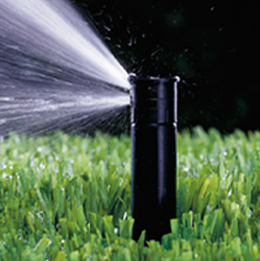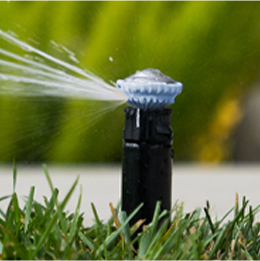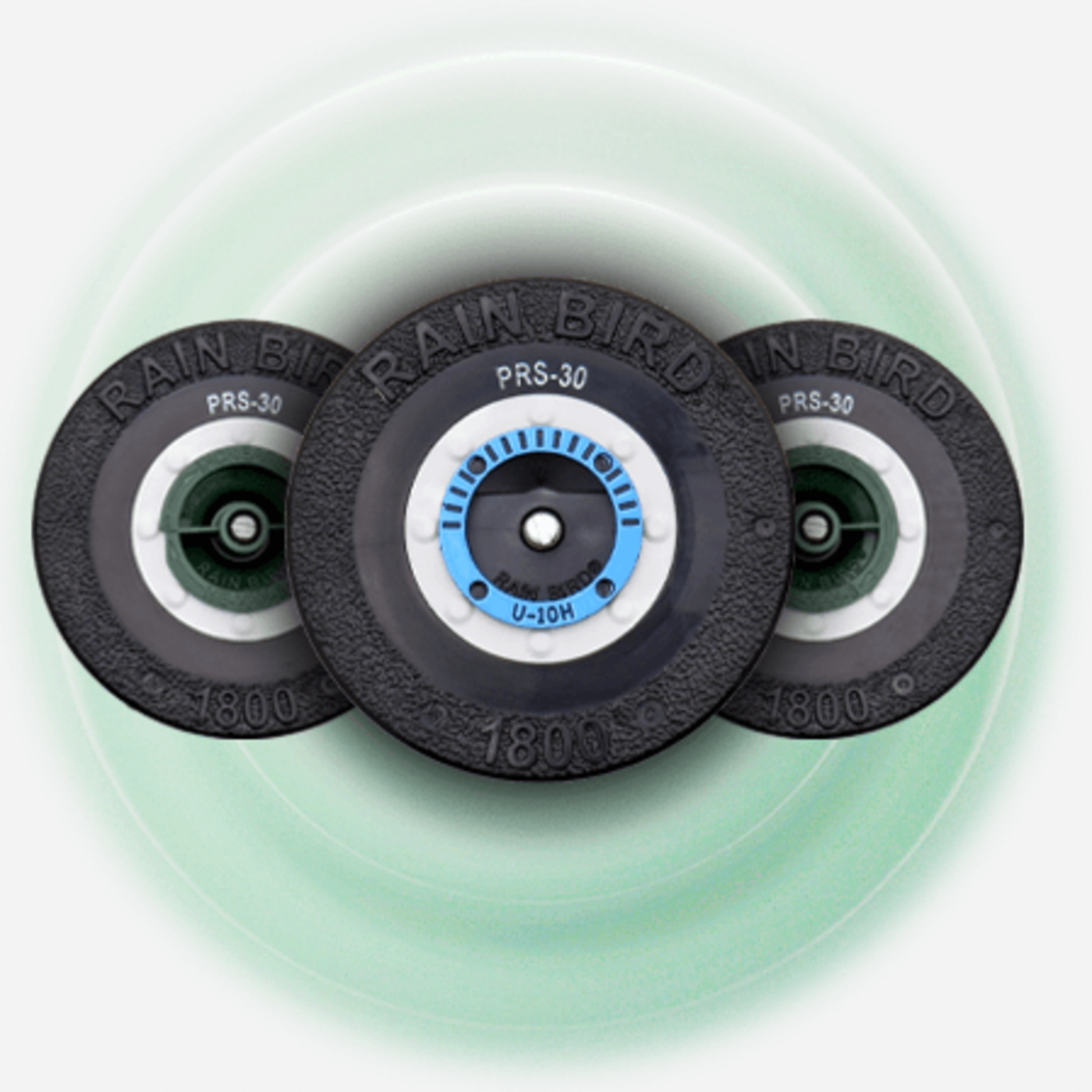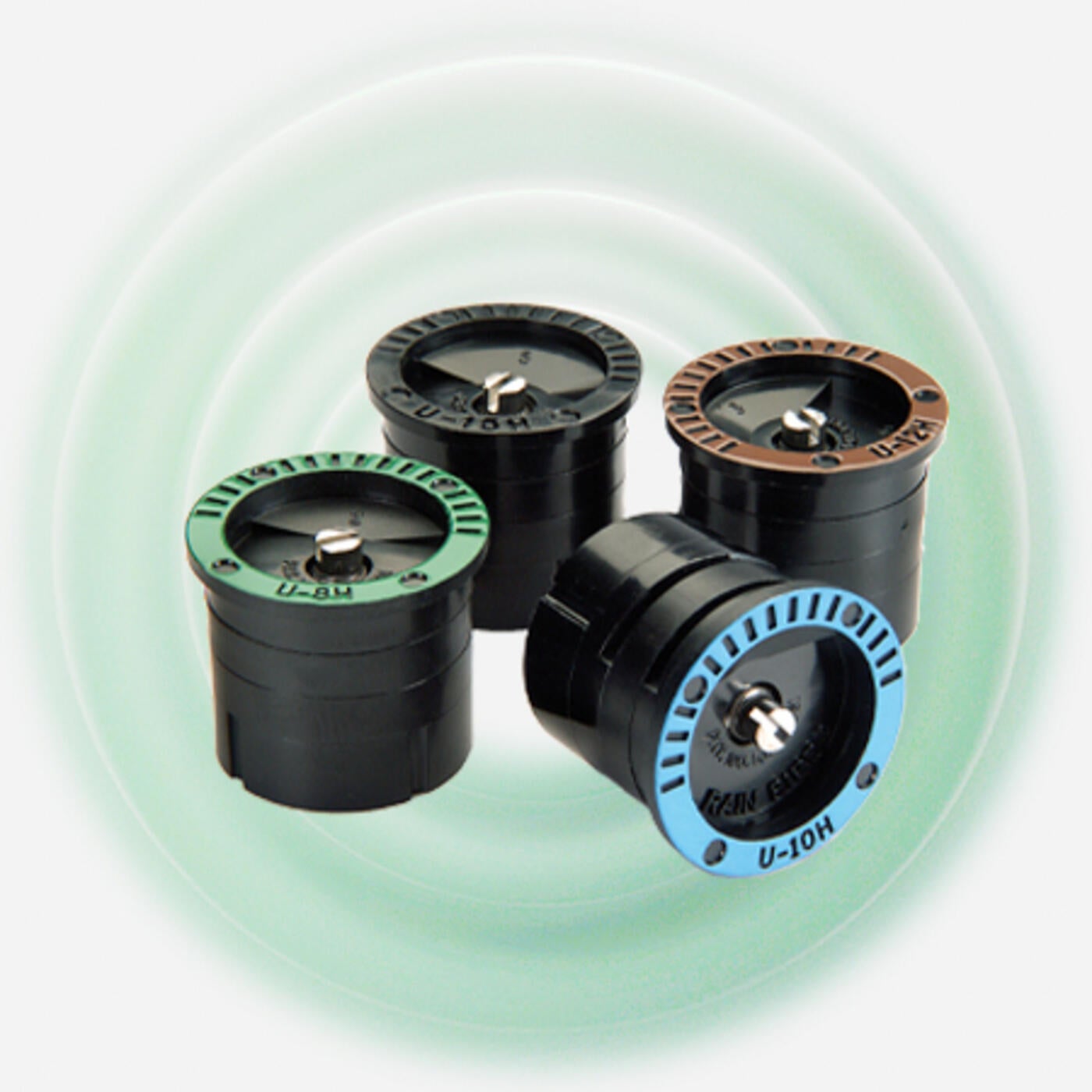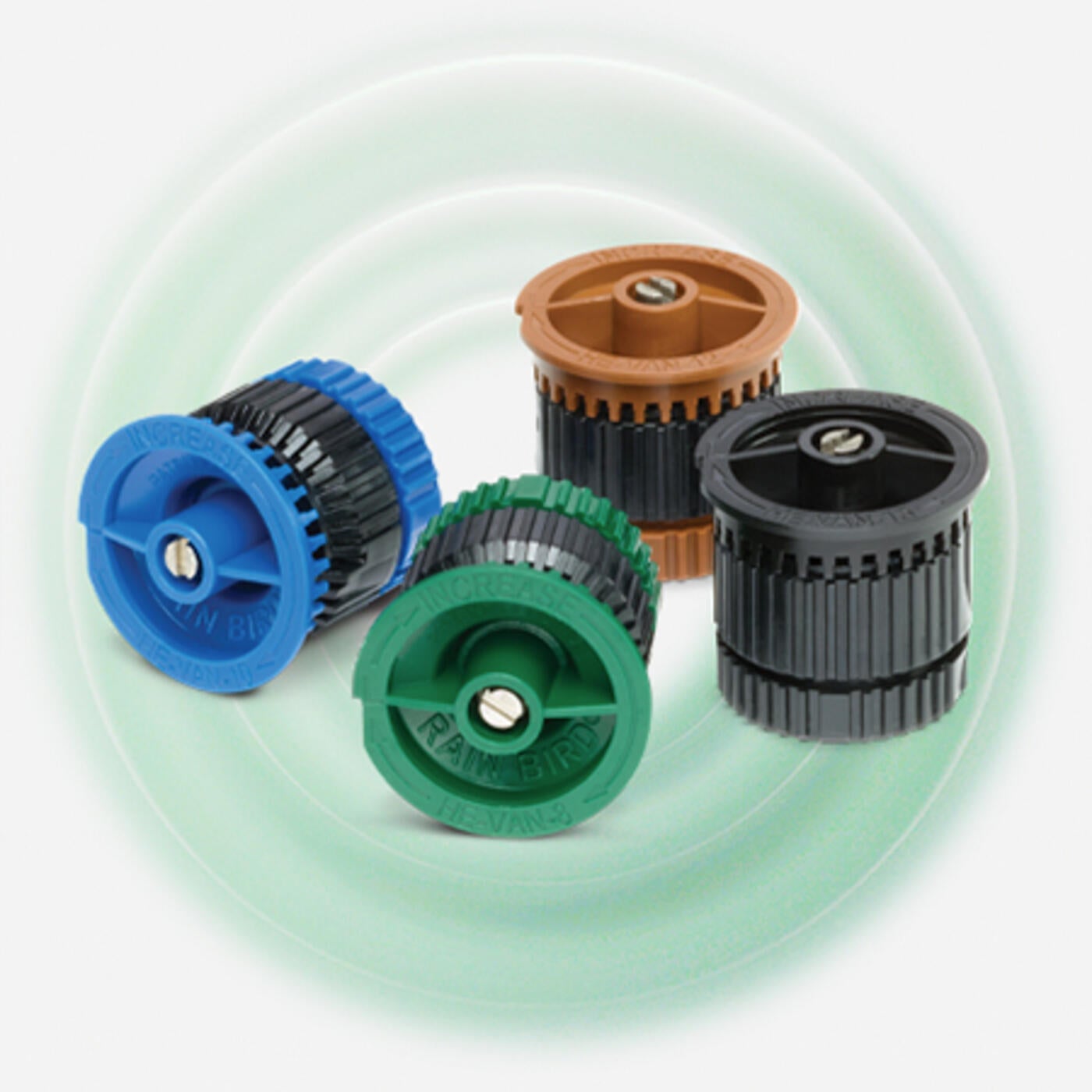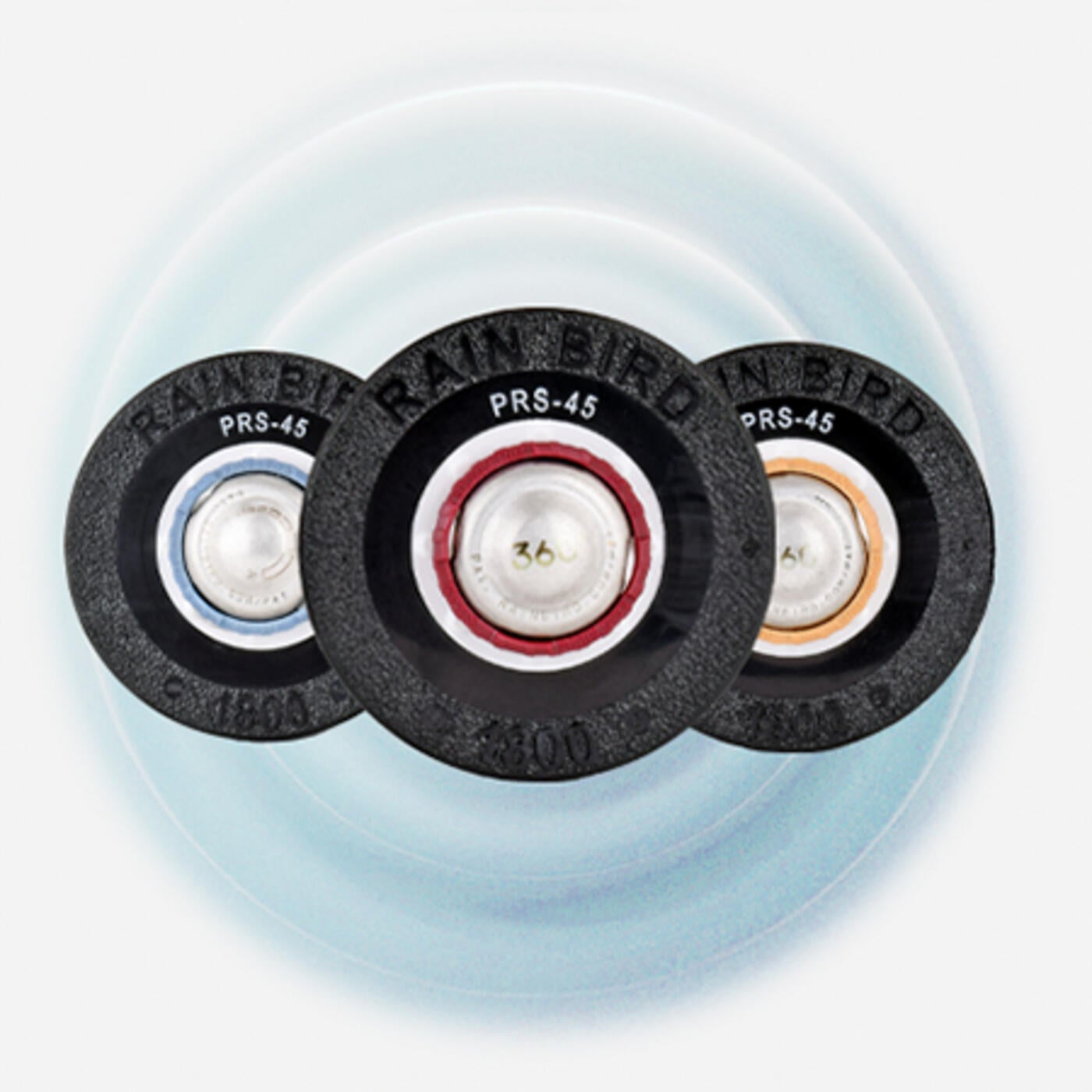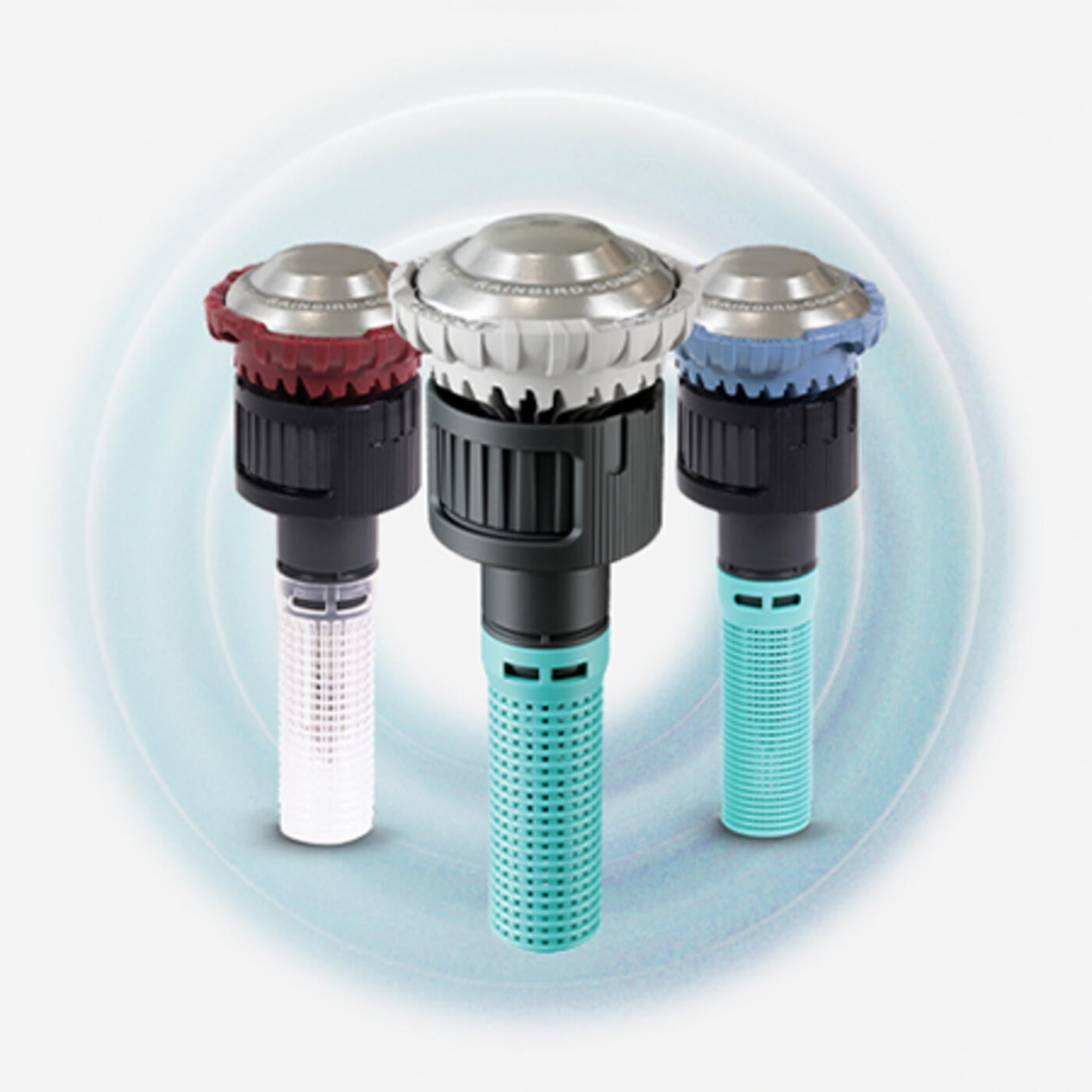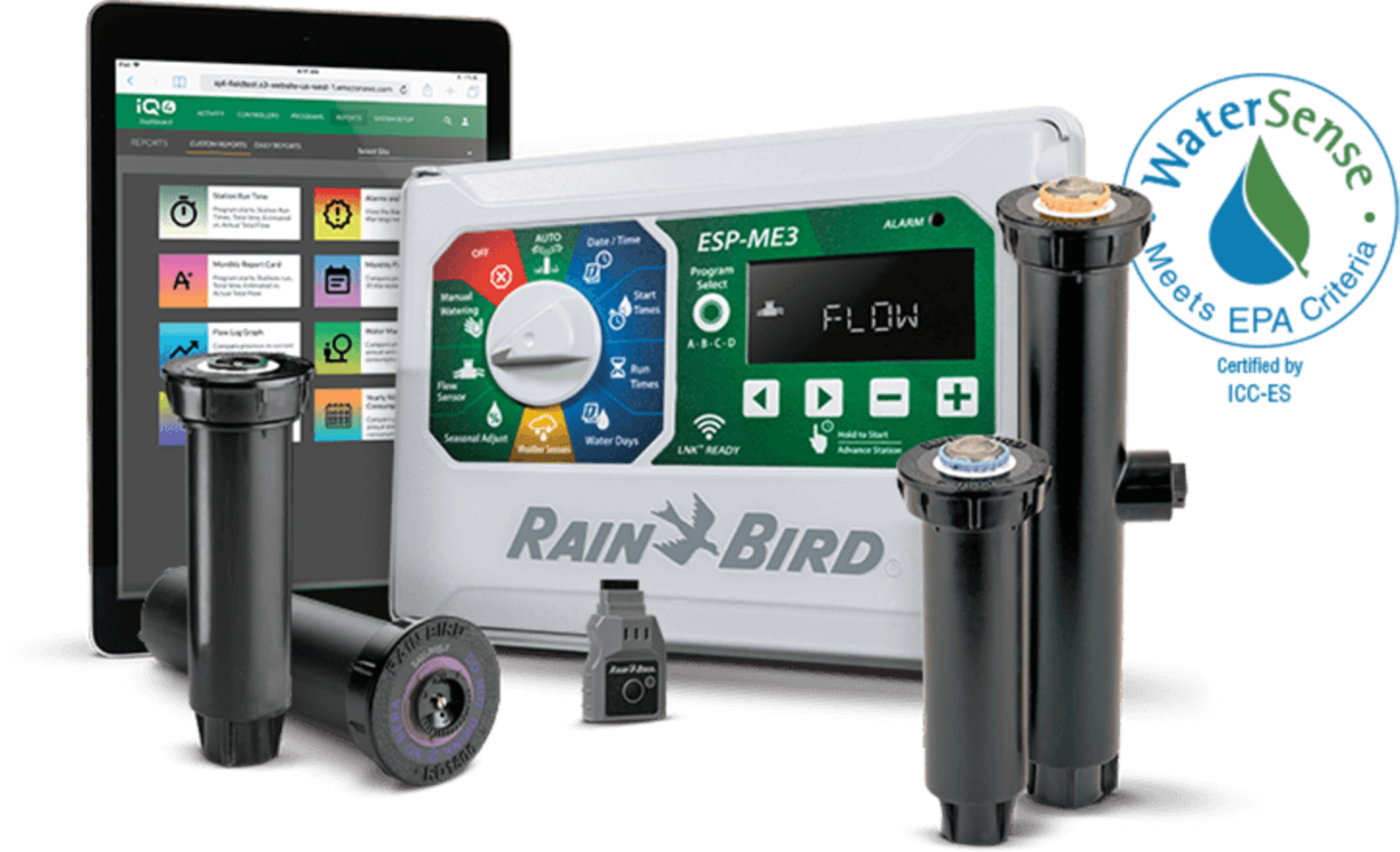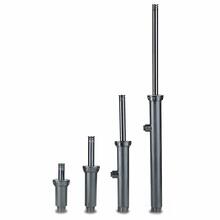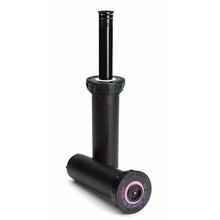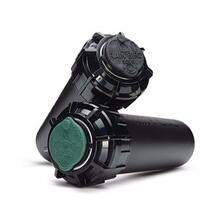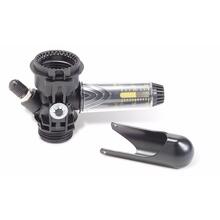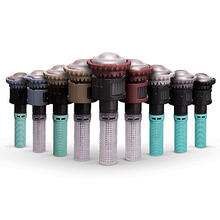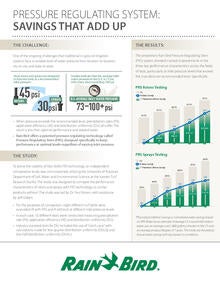
PAIRED FOR
PERFORMANCE.
PERFECT FOR
EFFICIENCY.
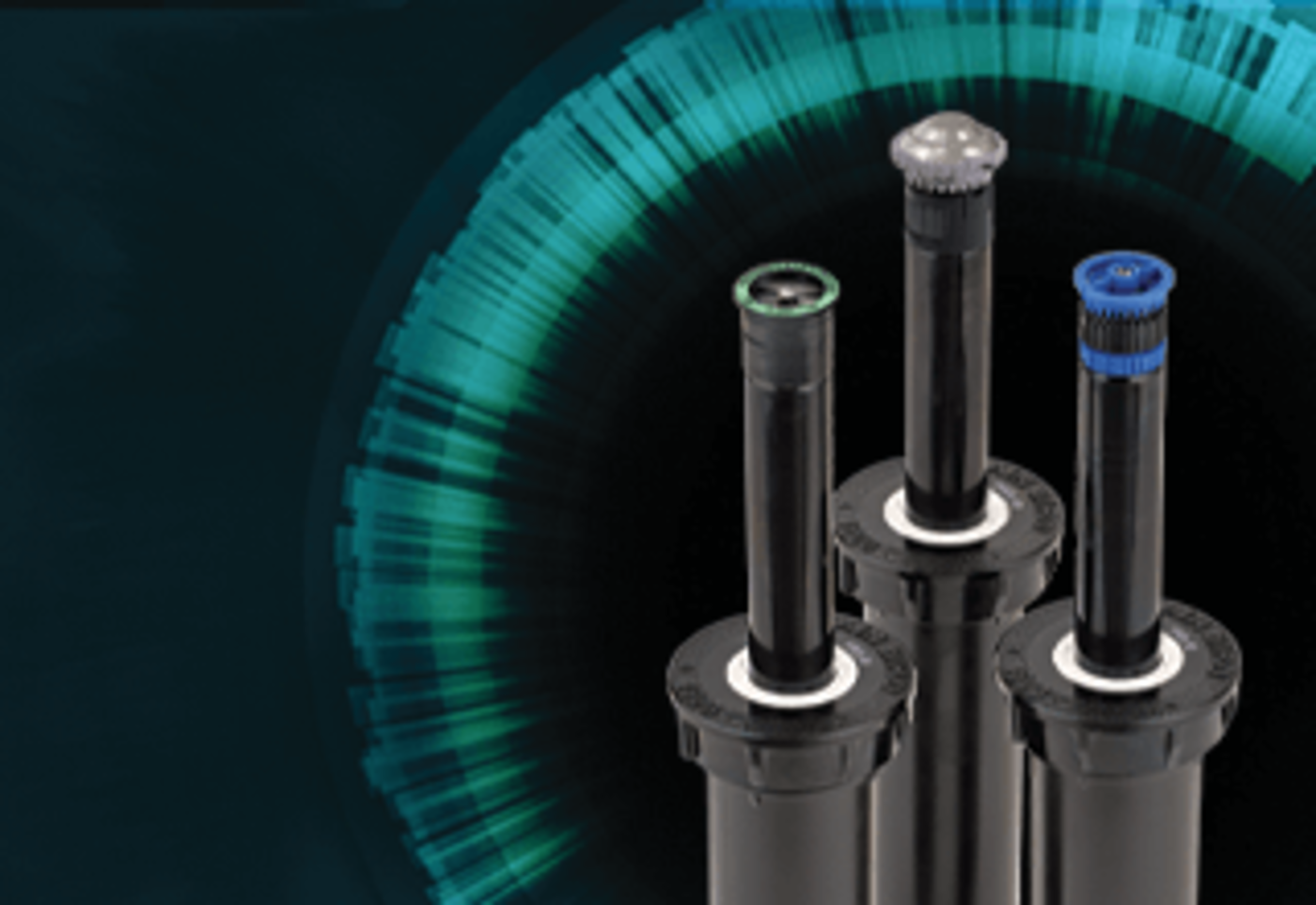
PAIRED FOR
PERFORMANCE.
PERFECT FOR
EFFICIENCY.
A Growing Movement for PRS Sprays
Regulating water pressure within an irrigation system is one of the most powerful ways to save water, and more states are requiring pressure-regulating stems within spray heads. Click below to view state-specific regulations. View our conversion guide to see recommended PRS models for states with PRS requirements. Also use the water savings calculator to estimate your potential savings no matter where your business is located.
July 1, 2020: Vermont
October 1, 2020: California
January 1, 2021: Colorado, Hawaii and Washington
January 1, 2022: Massachusetts
March 15, 2022: Washington, D.C.
January 1, 2023: Maine, Rhode Island, New Jersey and Oregon
June 26, 2023: New York
January 1, 2024: Maryland
January 1, 2024: Nevada
PRS Conversion Guide Water Savings Calculator WaterSense Certifed Products
Get More from Every Drop
Regulating the water pressure within an irrigation system is one of the most powerful ways to save water—and Rain Bird has a full line of products to do it. As increasing restrictions and regulations impact communities nationwide, these technologies are more valuable than ever. Give your business and your customers a solution that’s ready for whatever the future brings.
PRS SPRAY BODIES + HIGH EFFICIENCY NOZZLES
Rain Bird offers three perfectly paired combinations of PRS spray bodies and high efficiency nozzles. Each pair is designed to work together to deliver even pressure and coverage, consistent flow rates, and reduced misting and fogging — giving you the best possible performance across your entire irrigation system. All while saving water.
A Clear View Forward
Give your business and your customers a solution that’s ready for whatever the future brings.
Pressure Regulation at Every Point
With Rain Bird, there are several ways to regulate water pressure within your system, including PRS Sprays, PRS Rotors and a PRS-Dial for valves. See the benefits each of these products offer, and why investing in pressure regulation makes sense for your bottom line.
